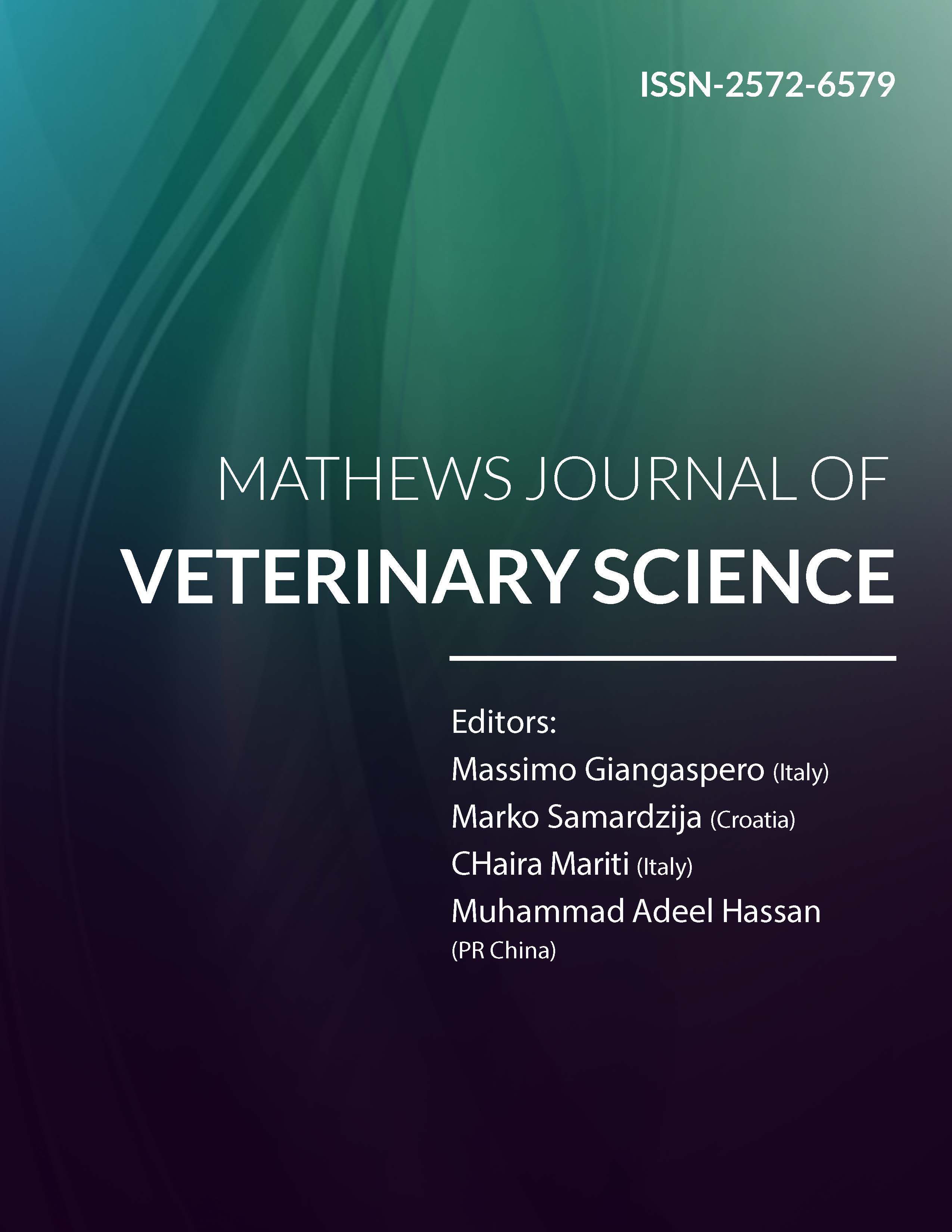
Information Links
Previous Issues Volume 8, Issue 2 - 2024
Effect of Egg Weight on Water Loss and Chicks Yield of Broiler Breeders
Adnan Yousaf1,*, Talat Bilal Yasoob2, Muhammad Bilal3, Dad Muhammad Anwar3, Arfa Ghaffar3, Sana3, Mughir Khan Lodhi3, Mahzaib Malik3
1Salman Poultry (Pvt) Limited, Rawalpindi-Pakistan
2Department of Animal Sciences, Ghazi University Dera Ghazi Khan-Pakistan
3Department of Livestock & Dairy Development Quetta-Pakistan
*Correspondence author: Adnan Yousaf, Salman Poultry (Pvt) Limited, Rawalpindi-Pakistan; Email: [email protected]
Received Date: May 17, 2024
Publication Date: June 05, 2024
Citation: Yousaf A, et al. (2024). Effect of Egg Weight on Water Loss and Chicks Yield of Broiler Breeders. Mathews J Vet Sci. 8(2):43.
Copyright: Yousaf A, et al. © (2024)
ABSTRACT
During incubation, water loss and chick yield are the two most crucial variables. The purpose of this study was to look into how water loss and chick yield were affected by the age-wise incubation profile. Eggs from Ross-308 breeders were gathered for this experiment, and the breeders’ ages were used to split them into four groups, each of which had an identical number of eggs (n=538560 eggs). A Young (24–31 weeks), B Prime (32–50 weeks), C Old (50+ weeks), and Group D (control), and are the four groups. The setting machine was left incubating for 456 hours (19th day) for groups A, B, and C, and for 449 hours (18.7 days) for group D, which was the control. Fertility of eggs was performed through candling and shifted to hatchers for the next 50 hours for A, B, and C while 56 hours for D. Group B showed significantly better P<0.05 (89.02±0.41) as compared to A and C which are significantly P<0.005 same (88.66±0.33), (88.80±0.65) than D (control) (86.25±1.22) in term of hatchability. Excellent performance in terms of chicks yields C Significantly P<0.05 remains the same (69.28±0.54) as compared to A (69.17±0.54) and B (69.99±0.54), While high yield was recorded for D (71.45±0.54). Dead in the shell (DIS) was significantly the same for A (6.18±0.29), B (6.20±0.37), and C (6.13±0.60) than D (7.70±0.67) which contain higher DIS percentage. In terms of eggs, water loss was significantly the same for A (11.93±0.26), B (12.24±0.26), and C (12.31±0.26) which was recorded as ideal then D (10.16±0.26) which contained low water loss percentage. Groups A, B, and C were better as compared to D but overall group B was significantly better which means the eggs from different ages of birds require different conditions of incubation.
Keywords: Broiler, Age wise Incubation, Chicks Yield, Water Loss, Hatchability, Dead in shell (DIS)